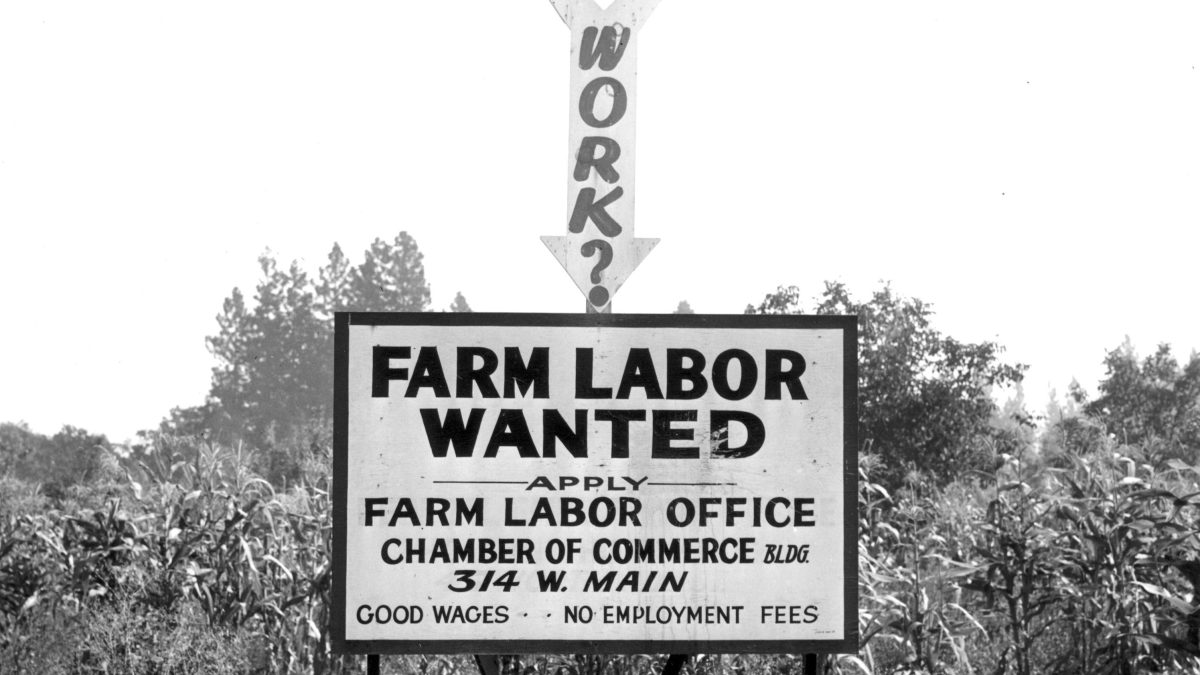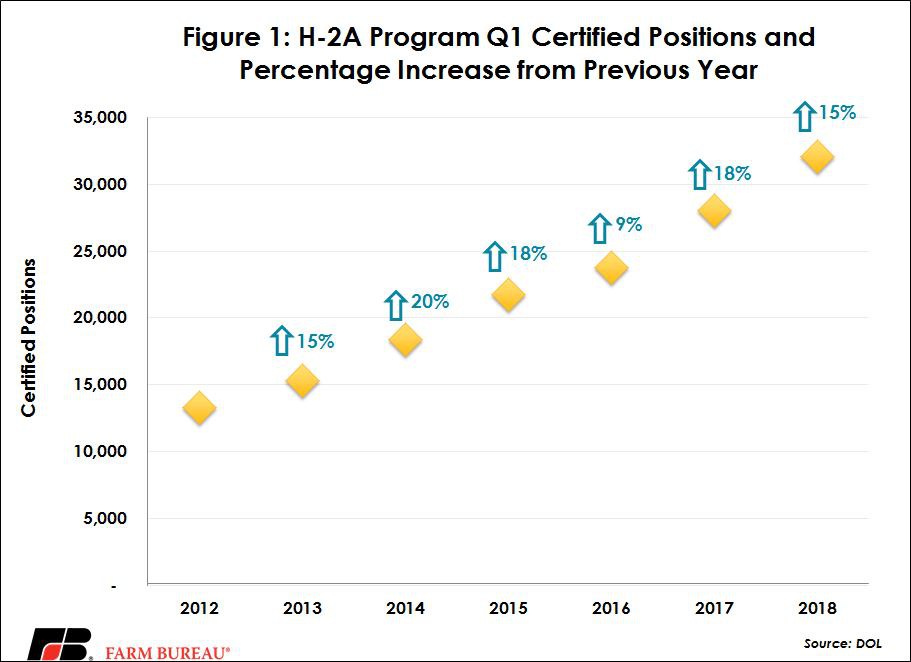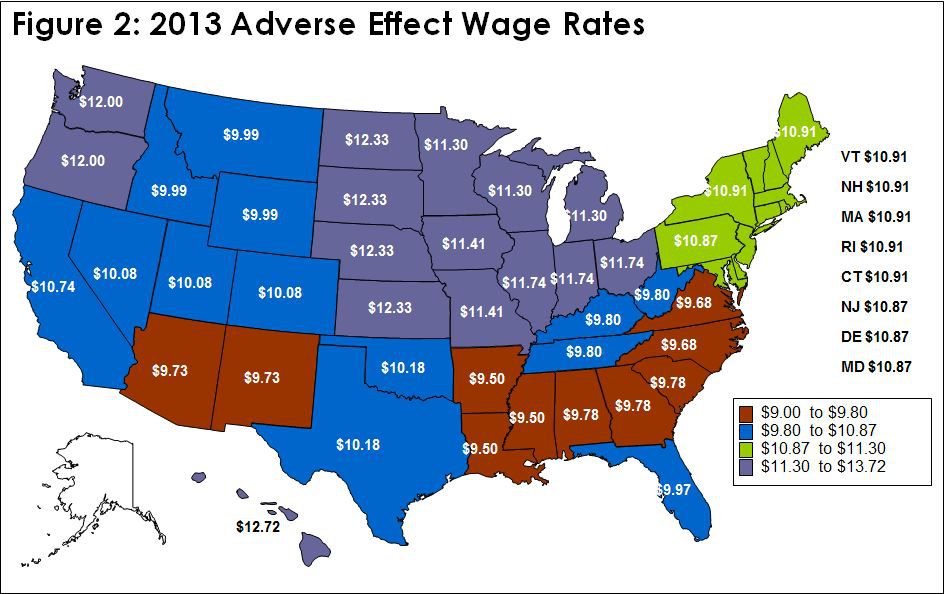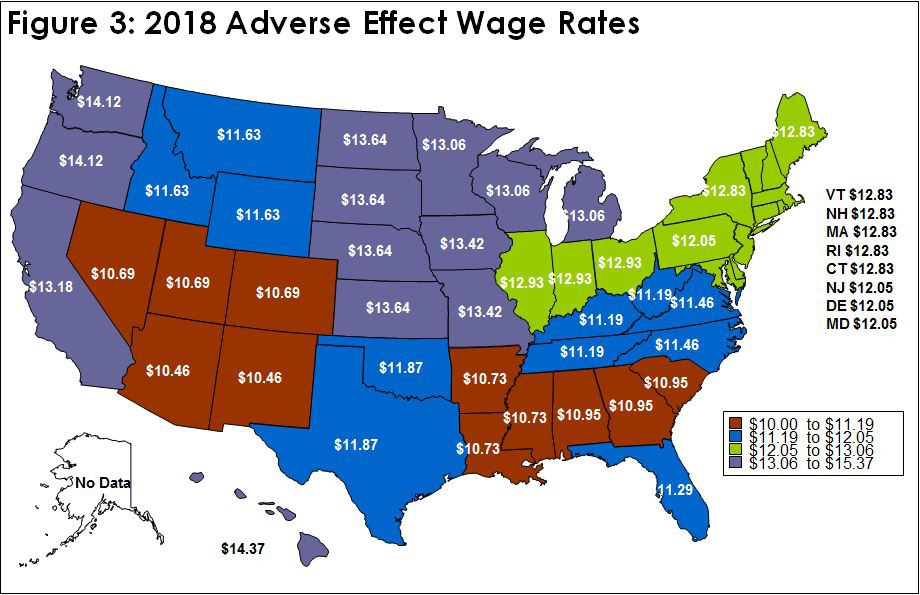H-2A Position Certifications Rise, Surprising No One
TOPICS
Labor
photo credit: OSU Special Collections & Archives/Commons
Veronica Nigh
Former AFBF Senior Economist
The Department of Labor provides updates quarterly on the number of applications it receives and the number of positions requested through the H-2A program. DOL recently released data from the first quarter of FY2018, which looked a lot like the first quarter of 2017 – except that demand increased 15 percent year on year. This continues a multi-year trend of significant year-over-year growth that has averaged 16 percent since 2012.
In the first quarter of 2018, the DOL received 2,756 H-2A applications, which requested 33,830 positions. Of those requested, 32,084 positions were certified. This represents a record number of certified positions and is a 109 percent increase over the number of certified positions in 2013, just five years earlier. The increase in first quarter certified positions follows a similar pattern as total certifications throughout a full year. Learn more about that data in a background of the H-2A program which was provided in our October 24, 2017 Market Intel article.

This increase in demand for labor has occurred in spite of steady increases in the Adverse Effect Wage Rate (AEWR), the minimum wage that DOL determines must be offered and paid to U.S. and alien workers by agricultural employers of non-immigrant H-2A visa agricultural workers. The national average in 2018 of $12.20 is up 13 percent compared to five years ago. The smallest increase of slightly more than 6 percent occurred in Colorado, Nevada and Utah. The largest increase over the last five years occurred in California, which saw wages increase by nearly 23 percent. See the state changes to the AEWR wage rate in each state in figures 2 and 3.


